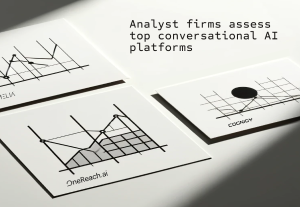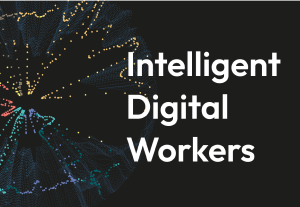- Artificial Intelligence, Career, Conversational Design, Generative AI, Technology, UX
Explore how AI is transforming UX design jobs! Discover the evolving roles, skills, and opportunities shaping the future of the industry.
Article by Christopher Nguyen
The UX Job Crisis: Is This the End or a New Beginning?
- The article addresses the impact of AI on the UX job market, highlighting the necessity for designers to integrate AI skills, stay updated on tech trends, and promote UX in business strategies.
- Despite challenges like layoffs and reduced job openings, adapting to AI is crucial for thriving in the evolving landscape.
Share:The UX Job Crisis: Is This the End or a New Beginning?
Share this link
- July 26, 2024
3 min read







